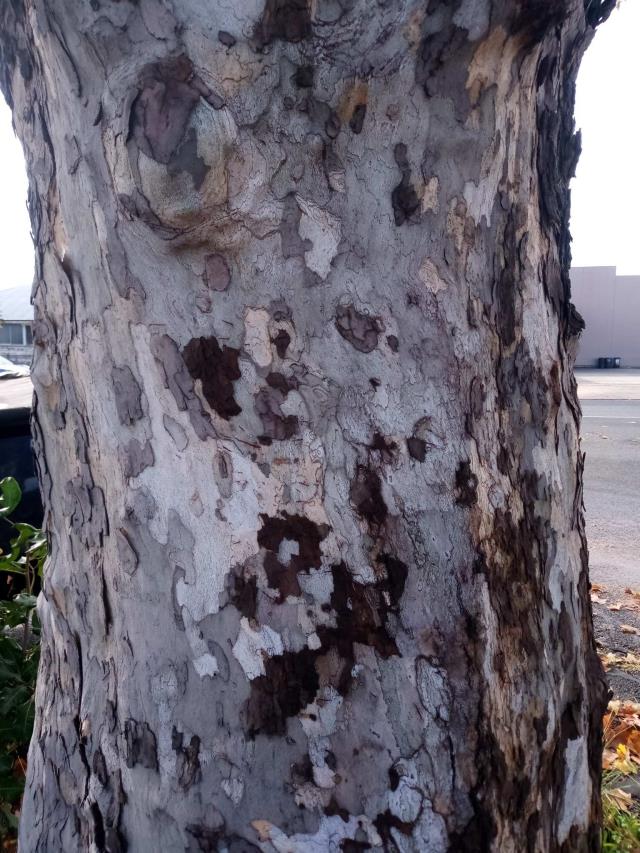By Beatrice Hawkins
As I’ve said before.. this time of the year has to be my favourite! Awake early to frosts or fog.. absolute silence except for birdsong and the most beautiful colours in the western sky as the sun comes up in the east. What better way to start the day with the anticipation of things to do in the garden to prepare for a spring bounty of colour and happiness!
Where my house is situated I am high enough that the frost hasn’t cut my lawn yet so all is still green and flourishing. The gardenia near my front steps is still flowering and greeting me each day with its heady perfume as are the few remaining flowers on my pink frangipanni.
The things I have already trimmed back are looking good and responding to the fertiliser and care given them. The hedge on the east has been shortened a little so the things down that side of the house are getting a little more sun and responding happily. My snail plant has set a lot of seed. The ants must have been very active, so I’ll try and grow some more plants in the spring. I haven’t found them very easy to germinate but maybe I am trying too hard! Someone I know has them coming up all over her garden like weeds with no care taken. She is however a much better gardener than me!! I have brown thumbs and she has green fingers!!
Even at this time of year when things are becoming dormant for their winter rest, I still find beauty everywhere I look. The bark on the plane trees in Guy Street at the moment is quite something if you have the time to look. Unfortunately most of us usually park the car and race on to the next appointment. The bark at the moment is a mosaic of greys, whites and browns like tiny tiles.
In my neighbourhood there are some racehorse trees, jacarandas and golden rain trees all with their seed setting and all looking beautiful. The racehorse tree is covered with seed pods that at the moment are almost as yellow as the preceding flowers. The lime green of the large jacaranda pods show through the remaining foliage and the bright orange/red of the pods on the rain trees add a bright splash of colour.
There are many grevilleas in full flower in a range of colours and citrus trees in gardens as I drive about, are covered in fruit in varying stages of ripening. Lemons covering branches and hanging over fences look inviting! I brought a large number home from my son’s tree last time I was in Tamworth and have a good supply of juice in the freezer for making lemon butter later when time permits. Similarly with apricots and berries that were purchased cheaply to be turned into jam eventually. The jars are there, the sugar is in the cupboard, the only remaining requirement is spare time on my part.
I received a photo recently of an unusual agave growing here in town. It is a foxtail agave, agave attenuata, and is quite spectacular. The base rosette of leaves appears similar to the regular agave but the flower stem is amazing reaching about 5 foot in the air and then curling down in a “fox tail” that, google tells me, may make the entire “tail”, from base to tip, anywhere from 10 to 15 feet in length… spectacular!!
The leaves are the familiar grey green of the common large “century plant”, agave americana, we often see on roadsides that have the huge flower spike reaching many feet into the air. Similarly the ordinary agave, that are popular as an architectural feature in landscaping, is the same as this unusual variety. The main difference is that this one does not have the nasty and dangerous terminal spikes of some of the others. Much more user friendly for gardeners, pets and children.
It is a plant that doesn’t like too much cold, is really a desert plant liking dry summers and a some moisture in the winter that will see it through summer, so is very drought tolerant. It may take many years for it to flower and that plant will then die leaving lots of small suckers around the base to start over. It is native to the plateaus of Mexico, Texas and southern USA.
The flowers are a creamy yellow and very small along the length of the tail or “swan’s neck”, which is the other common name. When I am home for long enough I will get my gravel/succulent garden going and this just might be the feature plant at the top of the rise. This garden is going on a steep area that is getting to be a problem to mow. The grass will be gone, a stack of sandstone at the top, a covering of smaller gravel and some larger stones to stop the gravel washing and lots of succulents down to the existing garden.
Autumn and winter are great times for dreaming and planning! Come and see what new ideas and plants are available at the “Gardening Extravaganza” in July!
*This is an old article that has been digitised so our readers have access to our full catalogue.







